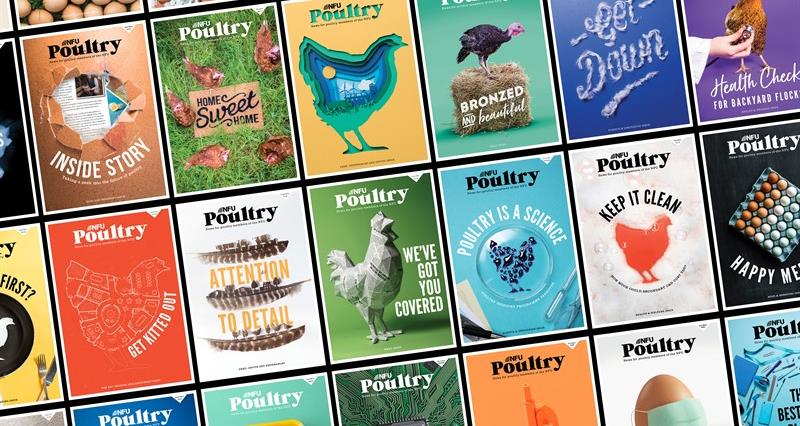The changes, informed by recent research, are essential for pollution reporting and permitting processes and aim to bring the EFs (emission factors) in line with modern practices, aiding compliance with environmental standards.
Ammonia emissions are primarily estimated using EFs, but many of these factors are based on studies conducted more than 20 years ago.
Recognising the need for modernisation, the EA (Environment Agency) has reviewed and updated the existing ammonia EFs to ensure they reflect current livestock systems and account for mitigation methods.
What are emission factors?
Emission factors or EFs are representative values used to estimate the quantity of pollutants emitted from specific activities.
While they have limitations, EFs often serve as the best or only method available for estimating emissions.
Changes to emission factors
The EA recently revised ammonia EFs to align them with contemporary livestock rearing practices, including advancements in nutrition and genetics.
These updated figures are essential for permitted pig and poultry farms in several contexts:
- Pollution inventory reporting: Used to quantify emissions for reporting purposes.
- Permitting processes: Applied during the permitting process to assess the environmental impact of emissions on nearby protected nature sites.
- Compliance assessment: Ensures farms meet BAT AELs, as required for permitted operations.
The updated EFs are based on a comprehensive data review commissioned by the EA and conducted by ADAS and Rothamsted Research.
This review evaluated ammonia EFs specific to permitted pig and poultry operations in the UK.
Farmers submitting permit or variation applications should now refer to these revised figures, which can be accessed via the EA’s publication: GOV.UK | Ammonia emission factors for pig and poultry screening, modelling and reporting.
The new factors should also be used for pollution inventory reporting when the reporting window opens in January 2025.
NFU’s role and engagement
The NFU has been actively involved in the review process to ensure the updated emission factors are both practical and evidence-based.
We sought input from the NFU Poultry Board on draft emission factors and engaged with producers to gather feedback, identifying concerns or queries to raise with the EA.
We also highlighted technical issues, clarifying definitions of housing types, and ensuring justifications for changes in emission factors were transparent.
Next steps
Producers are encouraged to familiarise themselves with the updated ammonia emission factors.
This will not only aid in compliance but also provide a more accurate representation of emissions, reflecting improvements in livestock practices and mitigation techniques.



